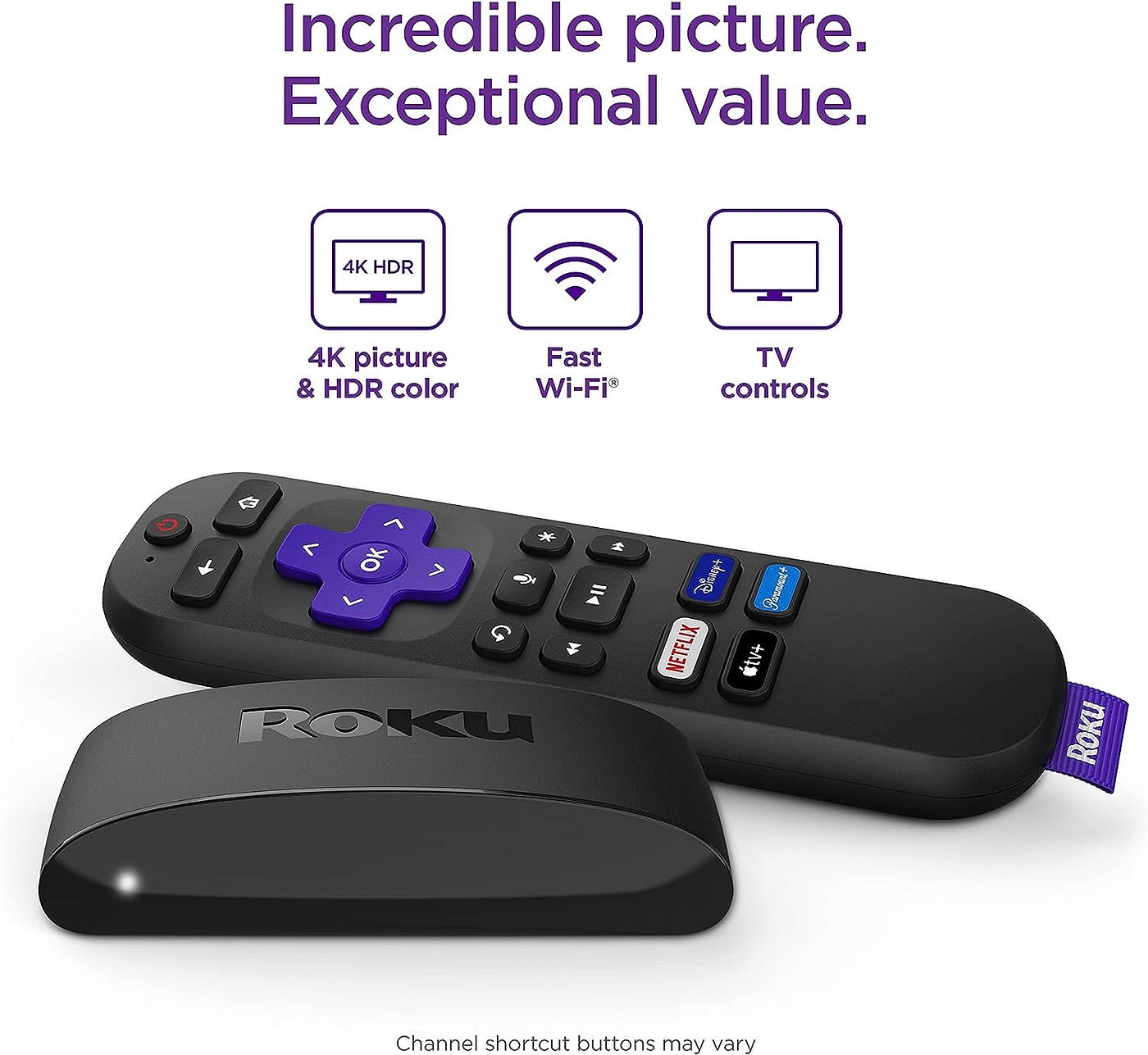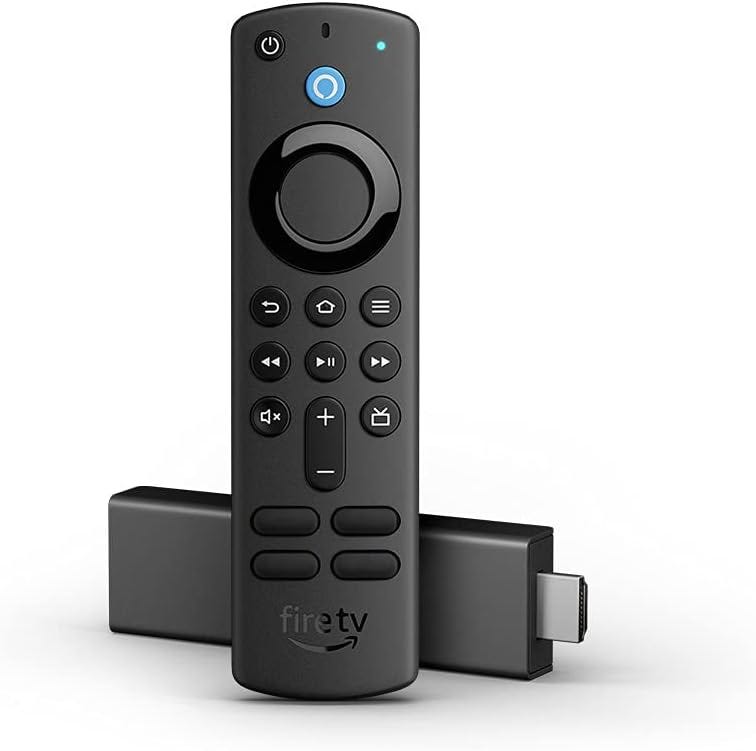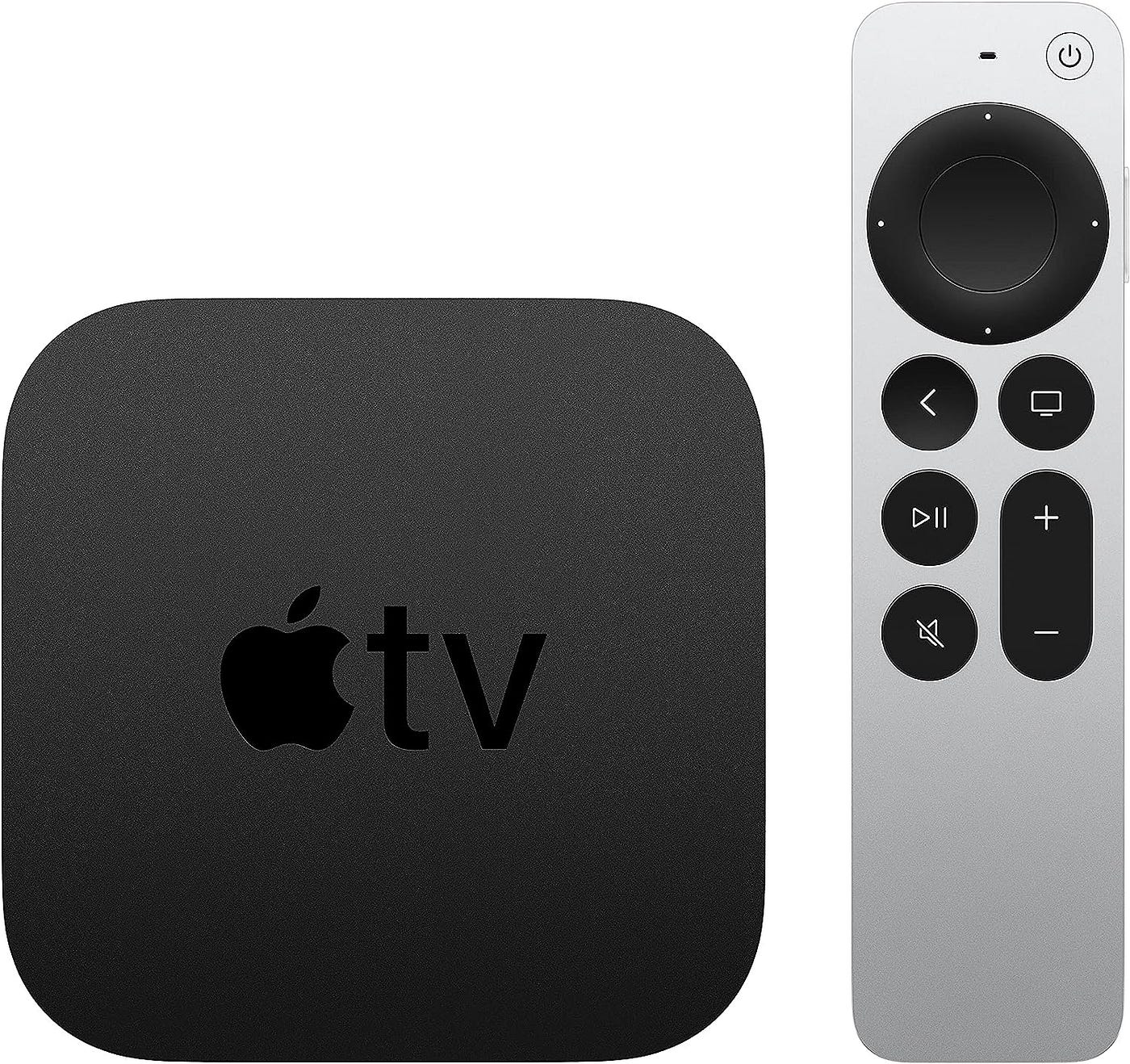As the digital landscape continues to redefine how we consume entertainment, the role of streaming media players has become increasingly pivotal. Among the myriad of options available, three giants stand out in shaping the way we access and enjoy our favorite content: Roku, Amazon Fire TV, and Apple TV. These platforms not only provide a gateway to a vast array of movies, TV shows, and more, but they also represent unique ecosystems with distinct features, strengths, and appeals. In this exploration, we delve into the intricacies of Roku, Amazon Fire TV, and Apple TV, examining their individual offerings to help you navigate the streaming universe and find the perfect companion for your digital entertainment journey.
Roku is a leading brand in the streaming media player industry, offering a diverse range of devices that provide users with access to a vast array of streaming content. Founded in 2002, Roku has evolved from a device that streamed Netflix to becoming a comprehensive platform supporting numerous streaming services.
Key Aspects:
- Device Lineup:
- Roku offers a variety of streaming devices, including streaming sticks, set-top boxes, and smart TVs with built-in Roku functionality.
- Each device is designed to cater to different user preferences, from basic streaming needs to more advanced features.
- User Interface and Ease of Use:
- Roku’s user interface is known for its simplicity and user-friendly design.
- The intuitive menu allows users to easily navigate through various streaming channels and services.
- Channel Selection:
- Roku boasts a vast selection of channels, ranging from popular streaming platforms to niche content providers.
- Users can access a diverse range of content, including movies, TV shows, news, sports, and more.
- Content Offerings:
- Roku does not produce its own content but serves as an aggregator for a wide range of streaming services.
- The platform includes both free and subscription-based channels, giving users flexibility in choosing their preferred content.
- Cost and Affordability:
- Roku devices are known for their affordability, making them accessible to a broad range of consumers.
- The cost varies based on the device model and features, providing options for budget-conscious users as well as those seeking advanced capabilities.
- Pros:
- Wide variety of devices catering to different needs.
- Extensive channel selection, including popular streaming services.
- User-friendly interface for easy navigation.
- Affordable pricing, offering value for money.
- Cons:
- Limited integration with voice assistants compared to some competitors.
- Some users may find the design of the physical remote less advanced compared to other streaming devices.
Conclusion: Roku has established itself as a reliable and cost-effective option for users seeking a straightforward streaming experience. Its extensive channel selection and diverse device lineup make it a popular choice in the competitive streaming media player market. Whether users are looking for a basic streaming stick or a more advanced set-top box, Roku provides options that cater to a wide range of preferences.
Amazon Fire TV is a prominent player in the streaming media industry, offering a comprehensive range of devices and services that enable users to access a multitude of entertainment options. Developed by Amazon, Fire TV has evolved from a simple streaming device to a platform encompassing streaming sticks, set-top boxes, and integrated smart TVs.
Key Aspects:
- Device Lineup:
- Amazon Fire TV provides a diverse lineup of devices, including Fire TV Stick, Fire TV Cube, and Fire TV Recast.
- Each device is designed to cater to different needs, from basic streaming to advanced smart home integration.
- Content Ecosystem:
- Amazon Fire TV integrates seamlessly with Amazon’s extensive content ecosystem, including Prime Video, Amazon Music, and Kindle.
- Users can access a wide range of movies, TV shows, music, and even e-books through the platform.
- Voice Control and Alexa Integration:
- One of the standout features of Amazon Fire TV is its integration with Alexa, Amazon’s voice-controlled virtual assistant.
- Users can control their Fire TV devices, search for content, and even operate smart home devices using voice commands.
- Content Partnerships:
- In addition to Amazon’s own content, Fire TV supports numerous third-party streaming services and channels.
- The platform’s open approach allows users to choose from a variety of streaming options, including popular services like Netflix, Hulu, and more.
- Pricing and Value for Money:
- Amazon Fire TV devices are competitively priced, offering users different options based on their budget and preferences.
- The inclusion of Alexa functionality adds value, providing users with a more interactive and hands-free experience.
- Pros:
- Extensive integration with Amazon’s content ecosystem.
- Powerful voice control capabilities through Alexa.
- Diverse device lineup catering to different user needs.
- Competitive pricing with options for various budgets.
- Cons:
- Interface design may feel more focused on Amazon’s content, which may be less appealing for users heavily invested in other streaming platforms.
- The user interface can be considered somewhat busier compared to simpler designs on other platforms.
Conclusion: Amazon Fire TV stands out as a versatile and feature-rich streaming platform, leveraging Amazon’s vast content ecosystem and the power of Alexa for voice control. With a diverse range of devices, competitive pricing, and a user-friendly interface, Amazon Fire TV appeals to a broad audience seeking an integrated and interactive streaming experience. Whether users are Prime members or not, Fire TV offers a compelling range of features for accessing a wide variety of entertainment content.
Apple TV is a comprehensive streaming media platform developed by Apple Inc., designed to deliver a seamless and premium entertainment experience. Originally launched as a set-top box, Apple TV has expanded its reach with the introduction of the tvOS operating system, offering both hardware devices and an app-based ecosystem.
Key Aspects:
- Apple TV Hardware:
- Apple TV hardware includes a set-top box that connects to a television, offering features such as 4K resolution and high dynamic range (HDR) for enhanced visual experiences.
- The platform also supports integration with third-party smart TVs, allowing users to access the Apple TV app directly on compatible television sets.
- tvOS and User Interface:
- The tvOS operating system provides a sleek and user-friendly interface, characterized by a clean design and easy navigation.
- Users can access content through the Apple TV app, which serves as a hub for movies, TV shows, and Apple’s original content.
- Integration with Apple Ecosystem:
- Apple TV seamlessly integrates with other Apple devices and services, allowing users to mirror content from iPhones, iPads, and Macs.
- Access to the iTunes Store enables users to rent or purchase movies and TV shows directly through the Apple TV platform.
- Original Content and Partnerships:
- Apple TV+ is Apple’s exclusive streaming service, offering a growing library of original content, including movies, documentaries, and TV series.
- In addition to Apple’s original content, Apple TV supports a wide range of third-party streaming services and apps.
- Cross-Platform Compatibility:
- Apple TV extends beyond the set-top box and is accessible on various Apple devices, including iPhones, iPads, and Macs.
- Content can be started on one device and seamlessly continued on another, providing a cohesive and integrated user experience.
- Pricing and Positioning:
- Apple TV hardware is positioned as a premium product, with features like 4K HDR and integration with the Apple ecosystem.
- Apple TV+ is available as a subscription service with a separate pricing model for original content.
- Pros:
- Seamless integration with Apple devices and services.
- High-quality hardware and visual experience.
- Original content through Apple TV+.
- Cross-platform compatibility for a cohesive user experience.
- Cons:
- Higher upfront cost compared to some competitors.
- Limited availability of original content compared to more established streaming services.
Conclusion: Apple TV offers a premium streaming experience, combining high-quality hardware with seamless integration into the Apple ecosystem. With an emphasis on original content through Apple TV+ and a user-friendly interface, Apple TV caters to users who prioritize a cohesive and visually impressive entertainment experience across multiple devices. While it may come at a higher cost, the integration with the broader Apple ecosystem adds significant value for users already invested in the Apple ecosystem.
In our assessment of the streaming media player landscape, Roku emerges as our top pick for several compelling reasons. Its diverse range of affordable devices caters to a broad audience, ensuring accessibility without compromising on features. Roku excels in providing an extensive channel selection, embracing a variety of streaming services and content options.
Taking the second spot, Amazon Fire TV secures its position with a strong integration into the Amazon ecosystem. The seamless connection with Alexa and the inclusion of Amazon Prime Video make it a robust choice for those heavily invested in Amazon’s services. The competitive pricing of Amazon Fire TV devices further enhances its appeal, providing users with a cost-effective solution.
Apple TV, while delivering a premium streaming experience, takes the third spot. Its high-quality hardware, integration with the Apple ecosystem, and exclusive content through Apple TV+ contribute to a sophisticated and cohesive entertainment platform. However, the higher upfront cost may limit its accessibility for some users, and the library of original content, while growing, is currently more limited compared to other established streaming services.
In summary, Roku’s versatility, affordability, and extensive content options make it our top recommendation for users seeking a well-rounded streaming experience. Amazon Fire TV follows closely, offering a strong combination of value, integration, and affordability. Apple TV, while providing a premium experience, is positioned as an excellent choice for users deeply embedded in the Apple ecosystem but may be a less cost-effective option for a broader audience. Ultimately, the best choice depends on individual preferences, budget considerations, and the existing tech ecosystem within which users are most comfortable.





